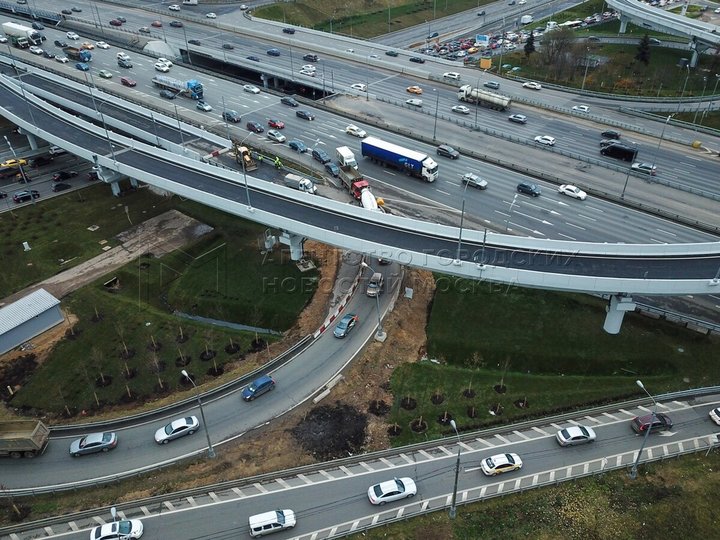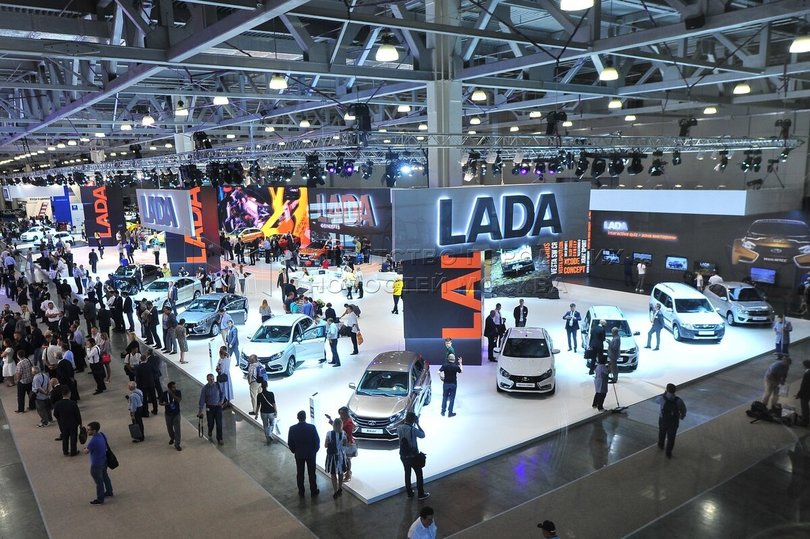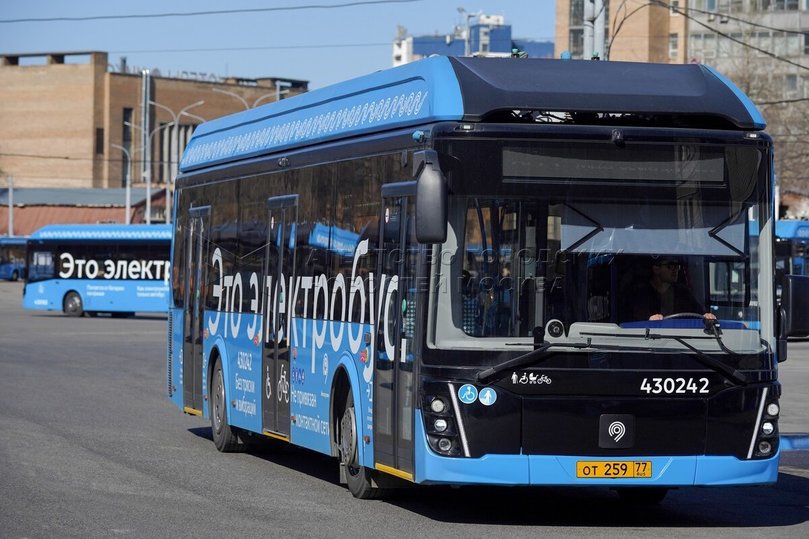Russian auto industry on the way to sovereignty
[ad_1]
The automobile market of the Russian Federation at the beginning of autumn of this year decreased by almost 62.5%. According to analysts, in August, our compatriots purchased a total of 41,698 new cars. True, car market experts are already noting a positive trend, albeit insignificant: in the spring, the sales market collapsed by as much as 80%. The segment is coming to life thanks to AvtoVAZ and Chinese imports, which are actively capturing the crossover niche.
However, experts warn that the replacement of Western imports with Eastern ones will not lift the automotive industry from its knees, but will only drown it even more. It is necessary to move from paper import substitution projects to real production. According to Bogdan Konoshenko, chairman of the committee of the Moscow Chamber of Commerce and Industry on the development of taxi transportation, Russia has a window of opportunity to start its own production. Especially taking into account the fact that, objectively, not only the Russian market has sunk due to the global crisis. Production in other countries also declined markedly.
“Now we have the opportunity to sharply increase the pace of implementation of the most complex tasks that previously seemed very distant,” says Bogdan Konoshenko. – There is little time for this: we need to meet in two years.
On July 6, 2021, the Ministry of Industry and Trade approved the Action Plan for the import substitution of the automotive industry. According to this document, by 2024 it is necessary to increase the production of electric traction motor for passenger cars from 0 to 30%, automatic transmission – from 0 to 5%, driver assistance systems – from 0 to 15%, and components of telematics systems – from 30 to 90% .
Vice-President of the Russian Automobile Union Anton Shaparin draws attention to the fact that for the complete import substitution of cars, Russia urgently needs its own technologies, production sites and platforms. Unfortunately, the whole history of the first Soviet, and then the Russian auto industry developed from the opposite.
Automobile industry experts identify four stages in the development of the domestic industry, which, sadly, turned out to be totally dependent on imports.
The first stage is cooperation with the Americans. Before the Great Patriotic War, we worked a lot with the auto giant Ford, localized production and worked on Ford technologies.

The second stage is the localization of German technologies. In the USSR, the production of Opel cars under the brand name Moskvich 401 begins. In the same period, the development of their own technologies begins, but again with an eye to the West.
– Imported cars were actually imported into the country, they were analyzed, this was superimposed on the potentials of the Soviet economy and demand. In this paradigm, our auto industry existed until 1991, when we often bought foreign technologies, often adapted foreign technologies. There were also separate own developments, such as the Niva. But that’s probably all. Even the famous UAZ-462 “goat” is a variation on the theme of the American “Willis” for a day,” says Shaparin.
The third stage is from the 90s to 2004. This, according to experts, is the stage of pouring money into Russian automobile factories in order to maintain at least some kind of production on them.
“These are terribly inefficient enterprises. In parallel, there is a large-scale import of cars. Russians learn what a normal car is for the first time in their history. Cars of all classes are imported into the country, dealers appear that are directly related to foreign manufacturers, – said the vice-president of the Russian Automobile Union.
The fourth stage is the transition to “supposedly localization”. Some with a whip, some with a carrot – all the same foreign manufacturers were lured to Russia to open Russian factories. At the same time, these factories built foreign cars using foreign technologies from foreign components using foreign equipment. From the Russian there were only individual components and materials, as well as labor and electricity. This was very beneficial for the manufacturer: mega-holdings supplied parts that were produced at their enterprises in colossal runs. It was also beneficial for the Russians: consumers received relatively cheap cars, taking into account the fact that import duties were introduced at a prohibitive level.
At the same time, for certain segments of the automotive market, the influx of imported “iron horses”, on the contrary, played a plus.
– Thanks to the location in Russia of the production of cars from the world’s leading manufacturers, the Moscow taxi has become one of the best among the largest megacities in the world. His age did not exceed 3 years, and the speed of a taxi car delivery was less than 3-7 minutes. Added to this are the low prices for the trip. It is no coincidence that about one million people use taxi services in Moscow every day. After the departure of automakers from unfriendly countries, we faced a shortage of both cars and spare parts, says Bogdan Konoshenko.

Experts call the regulatory framework one of the main problems for effective import substitution. A number of officials are pinning their hopes on the creation of a separate federal project “Creation of a sanctions-resistant automotive industry.” However, industry experts are skeptical about the idea and say that it is necessary to start with the revision of the basic Technical Regulations “On the safety of wheeled vehicles.”
– This document establishes exceptionally strict requirements. Much more stringent than, for example, in Germany for cars produced there. At the same time, the Technical Regulations were written exclusively in the interests of foreign copyright holders. At the moment, this document is alive, nothing is known about plans to cancel it, says Shaparin.
Another problem is in the production of components for cars. They must be cost effective. To do this, it is necessary to develop such parts that could be suitable not only for the domestic market, but also for a number of imported cars from friendly countries – for example, from the states of South Asia. To do this, you need to overtake the Chinese, who produce components in millions of copies.
– Without this, it will be more profitable for any conditional AvtoVAZ to purchase components in China, because there are huge circulations, but at the same time not very good quality. For example, those ABS that are now being bought for AvtoVAZ have a very high percentage of defects. Entire batches of cars go to rework, – Anton Shaparin complains.

A full-fledged domestic production of electric vehicles, according to experts, is also not a matter of the near future, the expert believes:
“This requires lithium, and its first deposits are just beginning to be developed. There is no production of capacious efficient batteries in Russia. Technologies of their production – too. And this despite the fact that China has already developed technologies for manufacturing batteries that provide a greater range of travel compared to previous models. However, no one is going to localize such production in our country yet. So for the time being, it is pointless to talk about the creation of Russian electric transport. At the moment, Russian electric transport is a Chinese product, on which a Russian nameplate is pasted, and that’s it.
The construction of gas stations today is more of a fashion item on the agenda than a real technological prospect dictated by market demand:
– The need for such gas stations is still minimal, because our electric car is either a Nissan Leaf, which is imported in thousands of units, or a Tesla, which is imported in hundreds of units. These are very expensive cars that are beyond the reach of the average Russian.
In addition, the development of electric transport will require the creation of appropriate infrastructure throughout the country, which will be a huge burden on the budget. So on the current historical track, electric transport remains the lot of megacities.
– For our country, especially megacities, this topic is relevant. In Moscow, electric buses operate on many lines. The other day, Deputy Mayor of Moscow Maxim Liksutov spoke about the prospects, within 5-10 years, of transferring river vessels operating in the capital to electric motors, Bogdan Konoshenko concluded.
[ad_2]
Source link






